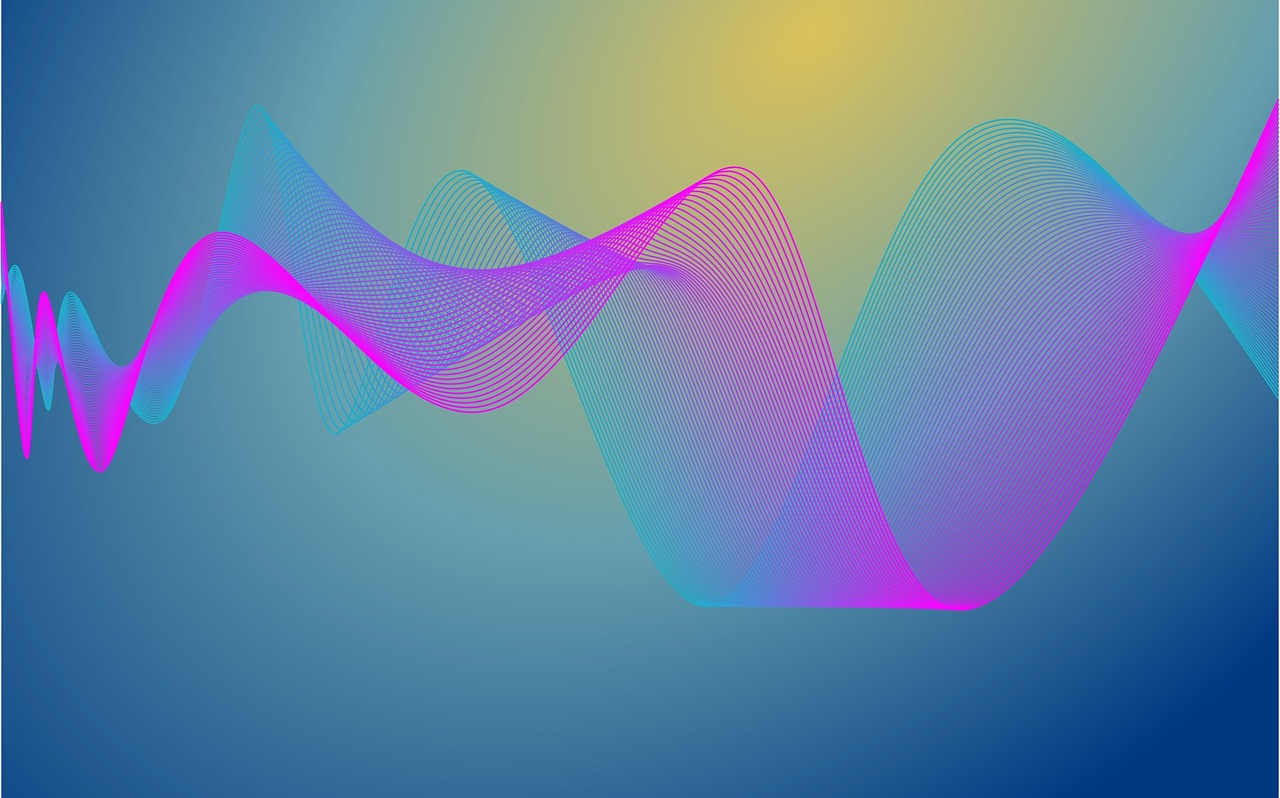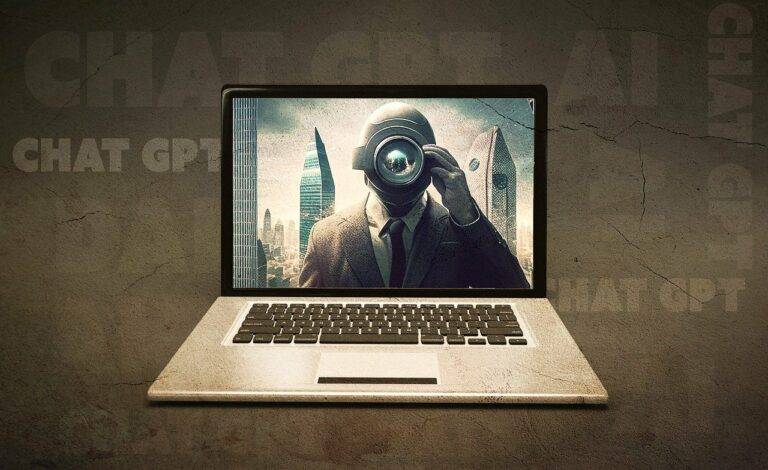Demystifying the Metaverse: A Virtual Reality Frontier
The Metaverse is a virtual reality space where users can interact with a computer-generated environment and other users. It is a collective virtual shared space created by the convergence of physical and virtual reality. In the Metaverse, people can create, explore, and be a part of a digital world that blurs the line between the physical and virtual realms.
Within the Metaverse, users can engage in a wide range of activities such as socializing, gaming, attending events, shopping, and even working. It offers endless possibilities for collaboration, creativity, and entertainment. The concept of the Metaverse has gained significant attention in recent years as technology advances and virtual experiences become more immersive and integrated into our daily lives.
Exploring the History of Virtual Reality
Virtual reality, often shortened to VR, is not a recent phenomenon. Its roots can be traced back to the mid-20th century when researchers first began experimenting with immersive simulations. The concept of VR gained momentum in the 1980s and 1990s with the development of early headsets and VR systems that allowed users to interact with virtual environments.
One of the pivotal moments in the history of VR was the release of the Virtuality Group’s arcade machines in the early 1990s. These machines offered a glimpse of the potential for immersive virtual experiences, although the technology was still in its infancy. As computing power and graphics capabilities improved over the following decades, VR technology continued to evolve, leading to the consumer-ready headsets and experiences available today.
What is the Metaverse?
The Metaverse is a collective virtual shared space, created by the convergence of physical and virtual reality. It is a digital universe where users can interact with a computer-generated environment and other users in real-time.
How has virtual reality evolved over time?
Virtual reality technology has come a long way since its inception in the 1950s. Initially used for military training purposes, VR has now expanded into various industries such as entertainment, education, healthcare, and more.
What are some popular virtual reality devices?
Some popular virtual reality devices include the Oculus Rift, HTC Vive, PlayStation VR, and Google Cardboard. These devices allow users to immerse themselves in virtual environments and interact with them using motion controllers or hand gestures.
How has virtual reality impacted society?
Virtual reality has had a significant impact on society by revolutionizing industries such as healthcare, education, and entertainment. It has also provided new opportunities for social interaction, remote collaboration, and immersive experiences.
What does the future hold for virtual reality?
The future of virtual reality looks promising, with advancements in technology and software pushing the boundaries of what is possible in the virtual world. We can expect to see even more realistic and immersive VR experiences in the years to come.





